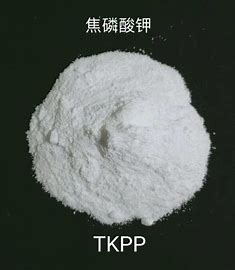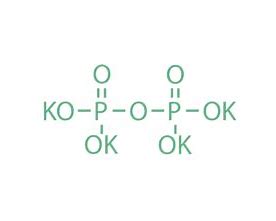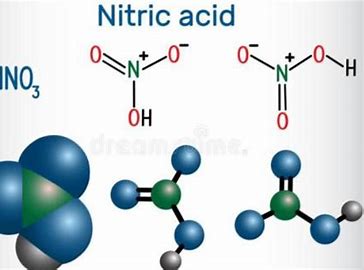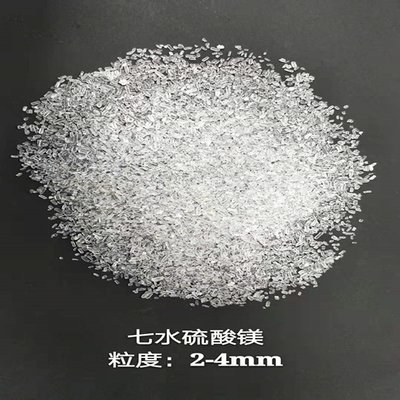is sodium bisulfite gluten free?
For anyone navigating the complexities of a gluten-free diet—whether it’s due to celiac disease, non-celiac gluten sensitivity, or simply a personal preference—scrupulously scrutinizing every ingredient label becomes a daily ritual. Amidst a sometimes bewildering list of unfamiliar chemical names, sodium bisulfite (NaHSO₃) often pops up as a food additive. Naturally, this raises a crucial and frequently asked question: Is sodium bisulfite gluten-free? This article will directly address this common concern, explain the chemical nature of NaHSO₃, clarify its role in food, and discuss exactly how it fits into a gluten-free lifestyle, aiming to provide complete peace of mind for those managing dietary restrictions.
What is Sodium Bisulfite (NaHSO₃)? A Chemical Overview
Before we dive into its gluten-free status, let’s get a clear understanding of what sodium bisulfite (NaHSO₃) actually is. It’s an inorganic chemical compound, specifically a salt of sulfurous acid. In its pure form, you’ll find it as a white to yellowish-white crystalline powder or a granular solid. However, it’s also commonly available in liquid solutions for easier industrial application.
Its primary functions in food are as a powerful preservative, antioxidant, and antimicrobial agent. When added to food, sodium bisulfite (often identified by its European food additive number E222) works by breaking down to release sulfur dioxide (SO2). This SO2 helps to:
- Prevent Browning: It effectively stops enzymatic browning in fruits and vegetables, which is why it’s commonly used in things like dried apricots and fruit juices to maintain their appealing color.
- Extend Shelf Life: It acts as a potent antimicrobial by inhibiting the growth of undesirable bacteria, yeasts, and molds that can cause spoilage.
- Antioxidant Properties: By preventing oxidation, it helps to ward off undesirable color changes, flavor degradation, and general spoilage in many foods and beverages, including wine and beer.
Understanding this chemical composition is the first step to definitively knowing its gluten-free status.
Is Sodium Bisulfite Gluten-Free? The Definitive Answer
Here’s the straightforward answer you’re looking for: Yes, sodium bisulfite is inherently gluten-free.
Let’s break down why. It’s the protein structure of gluten that triggers adverse reactions in individuals with celiac disease and other gluten-related disorders.
Sodium bisulfite, by contrast, is an inorganic chemical copound. Critically, it does not contain any proteins or derivatives of proteins sourced from wheat, barley, or rye.
Therefore, from a purely chemical composition standpoint, NaHSO₃ is naturally free from gluten. This means that, in itself, it should be entirely safe for individuals managing celiac disease and other gluten-related disorders.
Understanding Sulfites vs. Gluten: Important Distinctions
- Gluten: This is a protein composite that, in individuals with celiac disease, triggers an autoimmune response leading to damage in the small intestine. For those with non-celiac gluten sensitivity, it can cause a range of symptoms without direct intestinal damage.
- Sulfites: broader category of sulfur-based compounds (sodium bisulfite, potassium bisulfite, sodium metabisulfite)are commonly used preservatives. While generally safe for most people, a subset of the population, particularly those with asthma, can be sensitive to sulfites. In these individuals, sulfites can cause allergic-like reactions such as wheezing, hives, skin flushing, or swelling. These reactions are not related to gluten intolerance or celiac disease.
Because of potential sulfite sensitivities, many countries, including the US and those in the EU, require food and beverage products containing sulfites (including those with sodium bisulfite) to declare their presence on the label if the concentration exceeds certain thresholds (e.g., 10 parts per million in the US). This mandatory labeling is specifically for the benefit of sulfite-sensitive individuals, not for those avoiding gluten.
Where You Might Encounter Sodium Bisulfite in Gluten-Free Diets
- Processed Foods:
- Dried Fruits: Sodium bisulfite is very commonly used in dried fruits to prevent them from darkening and to maintain their color and freshness. The sodium bisulfite itself is never the source of gluten.
- Canned Goods: Certain canned vegetables or fruits may include sodium bisulfite as a preservative to maintain their quality.
- Condiments and Dressings: Some varieties of condiments, sauces, or salad dressings might incorporate it to enhance freshness and shelf stability.
- Beverages:
- Wine: Sulfites, whether naturally occurring during fermentation or added as preservatives (often as sodium bisulfite or potassium metabisulfite).
- Beer: While most traditional beers contain gluten from barley, some specialized gluten-free beers Again, the sulfites do not contribute any gluten.
Minimizing Cross-Contamination Risks (Essential Gluten-Free Practices)
While we’ve established that sodium bisulfite is inherently gluten-free, the broader issue of cross-contamination remains a significant concern for individuals with celiac disease who cannot tolerate even trace amounts of gluten.
- Prioritize Certified Gluten-Free Products: When purchasing any processed food, the absolute best way to ensure it’s safe and truly gluten-free is to look for a “Certified Gluten-Free” logo from a recognized third-party organization (e.g., GFCO, NSF, or the Celiac Disease Foundation).
- Always Read Ingredient Labels Thoroughly: Develop a habit of reading the entire ingredients list on every food product.
- Contact the Manufacturer for Clarity: If you have any specific concerns about a particular product, or if the labeling isn’t clear enough, don’t hesitate to contact the manufacturer directly. Many companies have dedicated consumer hotlines or email addresses to provide detailed information on their gluten-free practices and potential for cross-contamination.
Conclusion: Sodium Bisulfite Is Safe for a Gluten-Free Diet
For those diligently adhering to a gluten-free diet, the reassuring news is that sodium bisulfite (NaHSO₃) is indeed gluten-free. As a fundamentally inorganic chemical compound, it simply does not contain the specific proteins found in wheat, barley, or rye that trigger adverse reactions in individuals with celiac disease or gluten sensitivity.
However, it’s absolutely vital to draw a clear distinction between gluten and sulfites. While sodium bisulfite is undoubtedly gluten-free, it is a sulfite, and certain individuals (particularly asthmatics) do have a distinct sensitivity to sulfites. If you suspect or know you have a sulfite allergy, you should always check for sulfite declarations on food labels. For the strict adherence required for gluten-free safety, your primary focus should remain on diligently avoiding ingredients directly derived from gluten-containing grains and actively seeking out certified gluten-free products to comprehensively mitigate any potential cross-contamination risks.
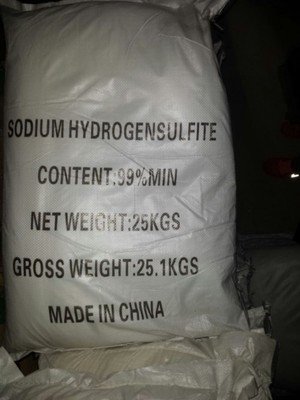
Frequently Asked Questions (FAQ)
- Does sodium bisulfite contain wheat, barley, or rye? No, sodium bisulfite is an inorganic chemical compound. It does not contain any wheat, barley, or rye, nor any proteins that are derived from these grains. It is inherently gluten-free.
- If a product contains sodium bisulfite, is it automatically safe for someone with celiac disease? The sodium bisulfite ingredient itself is safe. However, its presence doesn’t automatically mean the entire product is gluten-free. You must still carefully check the entire ingredients list for other components that might contain gluten. For maximum safety, always look for products that are specifically labeled or “Certified Gluten-Free.”
- Is sodium bisulfite the same as sulfites? Sodium bisulfite is one specific type of sulfite. Sulfites are a broader category of sulfur-based compounds that are widely used as preservatives in foods and beverages. If you have a known sulfite sensitivity or allergy, you should avoid sodium bisulfite and other sulfites.
- Why is sodium bisulfite used in food? It’s primarily used as a preservative to prevent oxidation (which causes undesirable browning and spoilage) and to inhibit the growth of unwanted microorganisms like bacteria and yeasts, thereby extending the shelf life and maintaining the quality of products like dried fruit and wine.
- Could there be cross-contamination with gluten in products that contain sodium bisulfite? While the sodium bisulfite ingredient itself is gluten-free, cross-contamination with gluten is always a potential concern in manufacturing facilities that also process gluten-containing ingredients. For those with celiac disease, to truly minimize this risk, it’s always best to prioritize products that are certified gluten-free by a third party.
Contact us:https://www.yuhanchemi.com/contact

